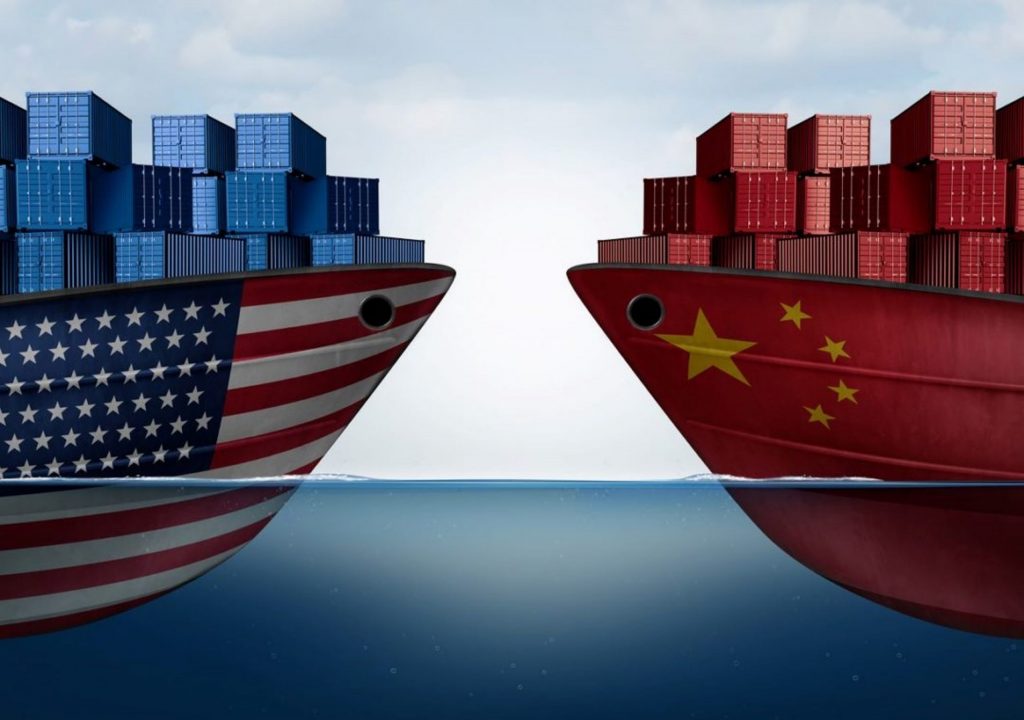
If you want to keep ahead of everything supply chain, one great resource is Supply Chain Brain. In this article, they offer four ways companies can mitigate supply chain headaches due to US-China tensions.
The gravity of the situation is compelling U.S. companies to shield their supply chains from the ensuing volatility and uncertainty. While many prepare for the impact of China’s isolation from U.S. markets, others fear significant damage to their businesses if they oust themselves from the Chinese market or supply chains.
To ensure that U.S. companies aren’t impacted by trade tensions in the near future, they must act now. Business leaders need to expand their horizons beyond China. Following are a few crucial actions they can take to help mitigate the risks emerging from the current trade conflict.
- Monitor U.S.-China developments closely. Global trade conflicts almost always come along with sanctions, tariff rises, and regulatory burdens imposed by governments on both sides. Since 2018, the U.S. and China have been involved in a war of tariffs and retaliatory tariffs. The brunt of this multifaceted tension is manifesting itself through supply chain inefficiencies, disruptions in transportation routes, and hikes in tariffs and duties. To stay updated on the trends, monitor press releases and publications on various government portals like the U.S. Department of Homeland Security, U.S.-China Business Council, U.S. International Trade Commission, and U.S. Customs and Border Protection.
- Diversify your supply chain, including reshoring and nearshoring manufacturing. The U.S. tariffs on Chinese imports led to rising supply chain costs, decreasing profits for the U.S. industries, and ever-increasing uncertainty. In response to this, the number of U.S. companies sourcing from other countries shot up. It’s time for all companies to start exploring new manufacturing opportunities. U.S. companies are nearshoring or relocating their supply chains closer to home in markets such as Mexico. U.S. imports from Mexico have increased around 25% in the last five years, and we see that trend continuing this year as well.
- Collaborate with suppliers. U.S. companies must understand the crucial need for collaborating with their suppliers for risk mitigation. U.S. companies must start focusing on increasing transparency in their supply chains. Businesses must be able to map all the nodes in their supply chain. Deeper collaboration with existing suppliers and the use of external supply chain intelligence tools can generate real-time insights on suppliers’ suppliers, as well as other risks that are hidden in the deep tiers of supply chains.
- Seek support from the government. In a recent bid to fight aggressive Chinese trade advances, the U.S. government put forth a strategic approach that focuses on investing in domestic industry, technology and infrastructure, and aligning with partners and allies to combat China’s actions globally. There are some great government initiatives such as the National Export Initiative and Trade Americas, and bodies like the Office of the United States Trade Representative, aimed at assisting U.S. exporters with their business expansion.
Now is the time to start looking at these as viable strategies to mitigate the volatility coming from China. Read more about it here.

 Dad Caps
Dad Caps
 Five Panel Hats
Five Panel Hats
 Mesh Back Hats
Mesh Back Hats
 In Stock Blanks
In Stock Blanks
 Snapback Hats
Snapback Hats
 Stretchfit Hats
Stretchfit Hats
 Duffel Bags
Duffel Bags
 Backpacks
Backpacks
 Tote Bags
Tote Bags
 Computer Bags
Computer Bags
 Sling Messenger Bags
Sling Messenger Bags
 Cooler Bags
Cooler Bags
 Cuff Hats
Cuff Hats
 Beanies
Beanies
 Scarves
Scarves
 Zipper Folders
Zipper Folders
 Stitched Folders
Stitched Folders
 Accordion Folders
Accordion Folders
 Ring Binders
Ring Binders
 Letter Folders
Letter Folders
 Clipboards
Clipboards

 Union Made In USA
Union Made In USA






